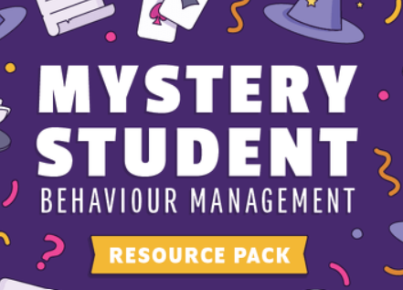Today’s educators are continually seeking innovative methods to foster a harmonious and collaborative atmosphere in the classroom. One effective strategy that has gained traction is the use of a “Peace Table.” This approach to conflict resolution is more than just a physical space; it’s a transformative concept that empowers students to settle disputes amicably and with empathy.
What is a Peace Table?
A Peace Table is a designated area in a classroom where students can voluntarily come together to discuss and resolve their differences. It is typically equipped with tools such as “I feel” statements, a talking stick (a tool used to ensure turns in conversation), and conflict resolution worksheets. The primary focus of the Peace Table is to encourage open dialogue, active listening, and mutual understanding.
Benefits of Using a Peace Table
Empowering Students:
Using a Peace Table helps students develop essential life skills such as communication, problem-solving, and emotional regulation. By engaging in discussions at the Peace Table, students learn how to express their feelings constructively and listen to other perspectives.
Reducing Teacher Intervention:
Regular use of the Peace Table can decrease the necessity for teacher intervention in conflicts. Students become more independent in handling their disagreements, allowing teachers more time to focus on teaching rather than mediating disputes.
Enhancing Social-Emotional Learning:
The process aligns with social-emotional learning (SEL) programs by promoting self-awareness, social awareness, responsible decision-making, self-management, and relationship skills.
Building Classroom Community:
Regularly engaging in peace-focused activities contributes to a positive classroom culture where respect and kindness are valued.
How to Implement a Peace Table
1. Designate a Space:
Choose an area that is quiet and neutral where students can talk without distractions.
2. Introduce the Concept:
Explain what the Peace Table is, its purpose, and how it should be used.
3. Model Conflict Resolution:
Teachers should demonstrate how to use the table effectively by role-playing scenarios with students or other staff members.
4. Establish Ground Rules:
Set clear guidelines for behavior such as taking turns speaking, using respectful language, and emphasizing confidentiality.
5. Provide Tools and Prompts:
Equip the table with items like emotion charts or sentence starters that students can use during their discussions.
6. Practice Regularly:
Incorporate role-playing exercises into your daily or weekly routine to ensure students are comfortable using the Peace Table when they need it.
Conclusion
Using a Peace Table for classroom dispute resolution appreciates that conflict is an inherent part of human interaction but offers a structured method for children to address issues peacefully. It’s not only about resolving the matter at hand but about building broader emotional intelligence and relationship skills that will serve students throughout their lives. As classrooms continue to become more diverse and inclusive spaces, tools like the Peace Table play an imperative role in cultivating an environment built on understanding, respect, and peace.





